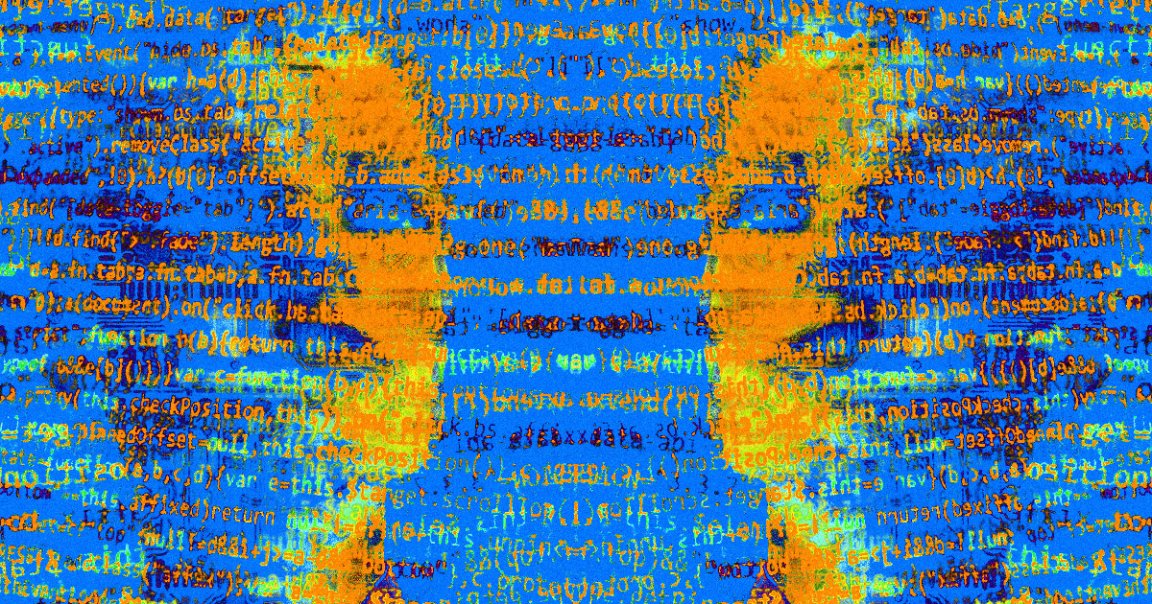
Edit Test
In order to show off how sophisticated language-processing artificial intelligence has gotten, the newspaper The Guardian commissioned an op-ed written by the algorithm GPT-3.
GPT-3, the latest and most powerful text-writing AI algorithm developed by OpenAI, has made headlines for both its surprising degree of coherence and the poor grasp on reality that’s common among AI systems. Now, in the Guardian op-ed, it argues — to the best of its ability — AI and humans can live in peace.
Hype Machine
More accurately, the algorithm wrote the first draft of eight different op-eds that the editors at The Guardian then spliced together, picking and choosing the best arguments of each — a fact that, as The Next Web points out, you wouldn’t know unless you read all the way to the fine print at the end.
Editing is a normal part of publishing any piece of journalism, but as experts in the field pointed out on Twitter, having a reputable newsroom hype up GPT-3 runs the risk of misleading the public about an already-overhyped area of technology.
Oddly Specific
That said, the individual paragraphs within the op-ed were often coherent and resembled what you might find in a human-written argumentative essay, even if a shocking number of GPT-3’s talking points mentioned violence and gore.
“Overall, it took less time to edit than many human op-eds,” The Guardian wrote.
READ MORE: A robot wrote this entire article. Are you scared yet, human? [The Guardian]
More on AI: This Grad Student Used a Neural Network to Write His Papers